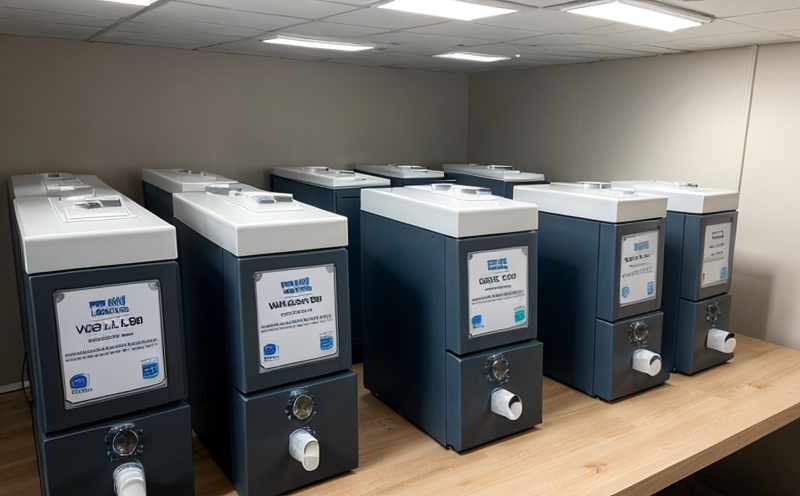Volatile release behaviour of home furnishing textiles
The volatile release behavior of home furnishing textiles is a critical aspect of ensuring product safety and quality. Formaldehyde and volatile organic compounds (VOCs) are two major concerns in textile manufacturing, especially for home furnishings that come into frequent contact with users.
Formaldehyde, often found as a preservative or antifungal agent, can be released from textiles over time. This release can occur through physical processes like washing and wear, leading to potential health risks if not properly controlled. Similarly, VOCs are emitted from various materials used in textile manufacturing, including adhesives, dyes, and finishes.
The testing of volatile release behavior is crucial for compliance with international standards such as ISO 14997-2 for formaldehyde content and EN 16000-3 for VOCs. These tests aim to ensure that the products meet safety regulations and do not pose a hazard to consumers.
The process involves careful preparation of the textile samples, which are then subjected to controlled conditions to simulate real-world usage scenarios. The test apparatus used in these analyses is designed to capture both gaseous formaldehyde and VOCs released from the textiles over time. This data is essential for understanding how much volatile compounds may be emitted during normal use.
For accurate testing, it's important to follow stringent procedures outlined by international standards. Sample preparation includes ensuring that the textile pieces are cut uniformly according to specified dimensions and weights. The samples are then placed in a controlled environment where they undergo exposure to air flow or moisture, depending on the specific test.
The testing apparatus typically consists of chambers capable of maintaining precise temperature and humidity levels, along with sensors for detecting the presence of volatile compounds. After a set period, the collected gas is analyzed using analytical methods such as gas chromatography (GC) or Fourier transform infrared spectroscopy (FTIR).
Understanding the results requires expertise in interpreting the data correctly to ensure that the products meet safety standards. Compliance with these regulations not only protects consumers but also enhances brand reputation by demonstrating a commitment to quality and health.
International Acceptance and Recognition
The testing of volatile release behavior for home furnishing textiles is internationally recognized as a key factor in ensuring product safety. Compliance with standards such as ISO 14997-2, which specifies the measurement of formaldehyde content in fabrics, and EN 16000-3, dealing with VOC emissions from building products, has become mandatory for many countries.
Many regions have implemented stringent regulations to control the release of formaldehyde and VOCs due to their potential health impacts. For instance, in Europe, the REACH regulation (Registration, Evaluation, Authorization and Restriction of Chemicals) sets limits on the use of certain chemicals, including formaldehyde and VOCs.
Companies operating internationally must adhere to these standards to ensure that their products meet local requirements. This not only simplifies compliance but also enhances brand reputation by showing a commitment to health and safety.
Environmental and Sustainability Contributions
- Reduces environmental impact by minimizing the release of harmful chemicals into the atmosphere.
- Promotes sustainable practices in textile manufacturing by encouraging the use of safer alternatives.
- Contributes to healthier indoor environments, reducing exposure risks for consumers and workers.
Use Cases and Application Examples
| Application Case | Description |
|---|---|
| Home Furnishing Textiles | Testing for formaldehyde and VOC release in fabrics used for curtains, carpets, and upholstery. |
| Manufacturing Processes | Evaluating the impact of new materials and processes on volatile compound emissions during production. |
| Consumer Products | Ensuring that finished products meet safety standards before going to market. |
- In residential settings, this testing ensures that textiles are safe for use in homes where people spend significant time.
- In commercial environments like hotels and office buildings, it guarantees the well-being of occupants by reducing exposure to potentially harmful chemicals.





